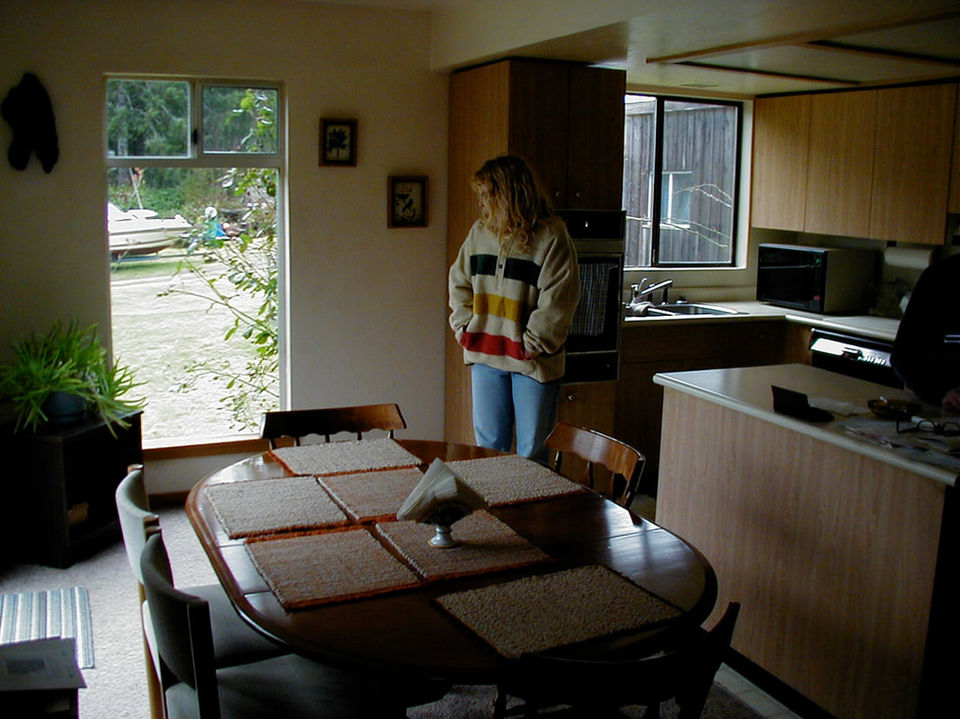
HISTORY
Quatsino means “close to the ocean” in the tongue of the local First Nations. Native people living in the Sound when the white men arrived had two main sites: Quatsino and Koprino. Koprino means "far from the ocean". It seems that the local mapmakers and surveyors were not listening well when they gave the native place names as the camp known to the natives as Koprino was named Quatsino and vice versa and so it remains till this day.
Quatsino is one of the North Island's earliest settlements, it was first settled in the late 1800's by Norwegian settlers who arrived in Quatsino Sound aboard the Mischief, an old wooden steamship, and chose this sheltered area of outstanding natural beauty to settle. They were joined by Danish settlers who had attempted to start farms on Cape Scott but were soon discouraged by the isolation and weather. Many old homes in Quatsino were barged in from Cape Scott and other isolated bays and inlets north of here decades ago.
St. Olafs' Anglican Church, originally built in 1896 as the communities first school house, is a gentle 10 minute walk from the lodge and is well worth a visit. The church is one of the oldest buildings on Vancouver Island that is still in use today. Services are held twice a month, but not on Sundays. Unique weddings are held here occasionally. Located about 3kms “up the road” there is an old graveyard. Visitors strolling here get a stark reminder of the hardships of pioneer life when they study the grave markers.
In the early to mid 1900's Quatsino was the hub of the sound with its own Government Wharf, four stores, a Post Office, hotels, sawmills, canneries, and a fueling station. The one room school burned down in 1934 but was re-built and was still in operation till 2008 attended by 10 children from grades k to 9. Now because of a lack of students in the community, the school has been turned into the community centre. Locals have developed a community garden there and raise organic vegetables. There is a small library that is used to host the community events. The hope is that if the grounds are kept in use, one day there will be enough children to reopen the school. Until then it waits.
For those history buffs there is a very small but thorough museum. Museum hours vary, call us for more information. If you call ahead it is usually easy to arrange a private opening and a “tour guide” and donations are gratefully accepted.
Here's a map of the local attractions and a bit more about them: https://www.quatsino.org/things-to-do
Today, the village of Quatsino is much quieter than it was earlier in the century. Quatsino itself is not accessible by road and has only 75 residents, many of whom are summer visitors. The single track gravel road that runs from one end of the community to the other, a distance of approximately 8 kms is lined with salmon berry bushes and is a great route to walk as it allows visitors to soak up the atmosphere and enjoy the tranquility and stunning views. The bears like it too!
Folks vacationing in Quatsino often take a stroll down to Colony Lake; a beautiful secluded spot that the locals keep a secret and no wonder... it is so peaceful and quiet with trout jumping and deep places for swimming.
As Quatsino is only accessible by boat, we pick you up from Coal Harbour, a scenic trip that takes approximately 20 minutes. Coal Harbour was once a thriving whaling station, the last one on the North American coast when it closed in 1967. And prior to this, Coal Harbour was an air force base during the war. There is a very small museum located in the airplane hangar there, and if you are waiting for pickup or find yourself in Quatsino early, make sure to take in this little museum. It is well worth it.
At the mouth of Quatsino Sound sits the Quatsino Light Station, first established in 1907. It is located on the southeast end of Kains Island where we head out to the open waters when we fish for Salmon and Halibut, and is accessible only by helicopter. In days gone by, the light station guided passenger steamers that travelled to Quatsino Sound and Quatsino village, loading pulp at the mill near Port Alice. Totally exposed to the elements, the wind-swept rocky island is home to sea lions and an abundance of bird life and at one point, a shetland pony!
Check out the official Quatsino Website here: http://www.quatsino.org
WINTER HARBOUR
Winter Harbour is the true "end of the road"—a remote outpost community on the edge of the Pacific Ocean, nestled off Quatsino Sound. The village earned its name in the 1800s when its sheltered harbour provided a safe haven for sailing ships. Today, the docks remain just as lively, offering a welcome respite to both recreational and commercial fishing boats. Read more here.


















